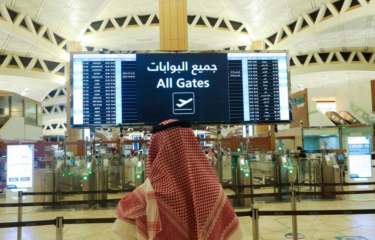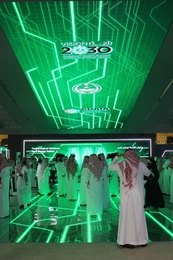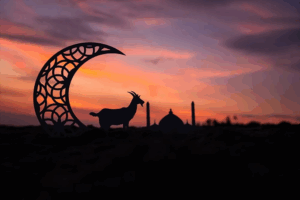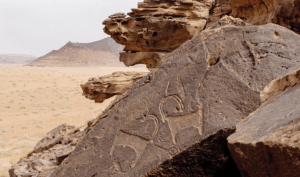Imagine checking your bank statement and spotting a brand-new symbol next to your balance—one that instantly tells the world, ‘This is Saudi money.’ That’s exactly what’s happening right now.
Saudi Arabia has just unveiled an official symbol for the Saudi riyal. This move aims to give the currency a stronger global presence. You might not think a symbol matters much, but in the financial world, it can make a huge difference. It boosts recognition, strengthens economic identity, and simplifies transactions. More importantly, it reflects Saudi Arabia’s push to become a bigger player in global trade and finance.
The Saudi Central Bank (SAMA) announced the symbol as part of its strategy to modernize and align with Vision 2030. This initiative is expected to impact businesses, investors, and everyday transactions. But how does it affect you? Let’s break it down.
The Thought Behind the Design
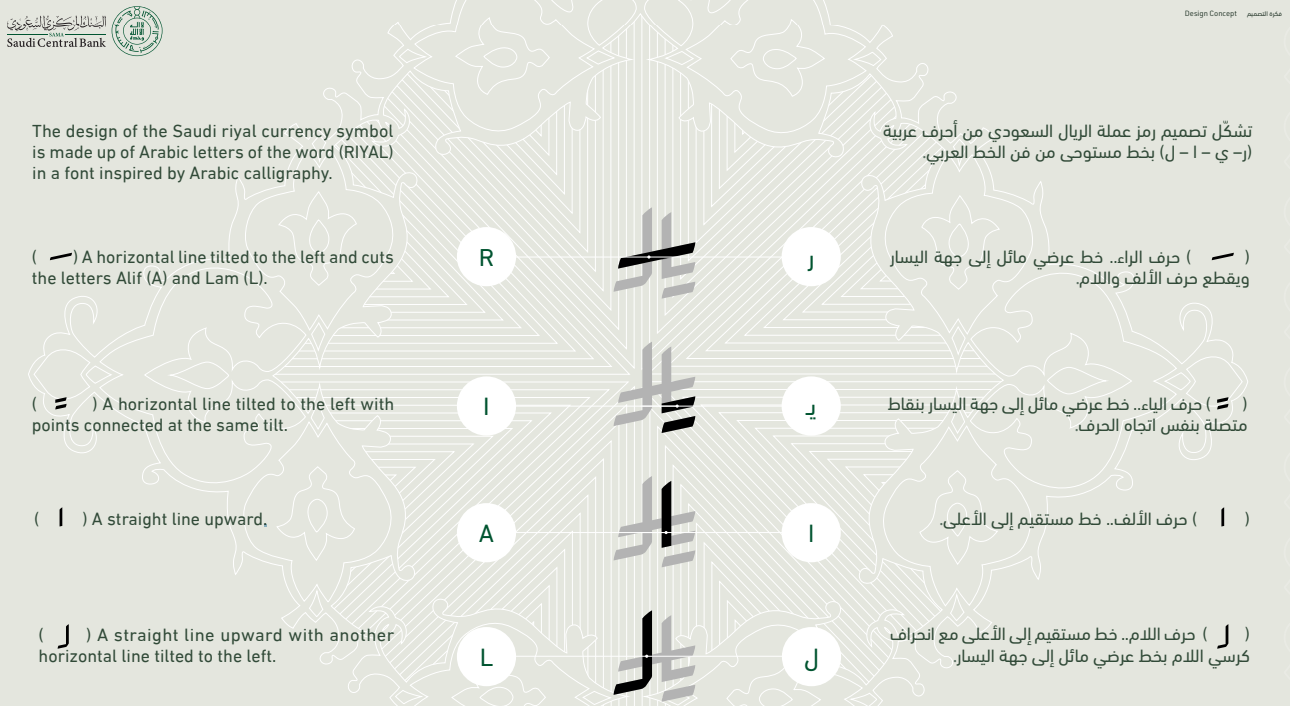
The Saudi riyal’s new symbol is a fusion of heritage and innovation, designed to reflect the kingdom’s cultural roots while aligning with its modern economic aspirations. Inspired by Arabic calligraphy, the symbol is composed of the letters (ر – ي – ا – ل) from the word “riyal.”
Each stroke carries meaning ensuring the riyal stands out in global financial systems while preserving Saudi Arabia’s unique identity. Here’s a closer look at the Kingdom’s new currency symbol as explained in the official currency symbol guidebook of the Saudi Central Bank.
1. Rooted in Arabic Calligraphy
The symbol is crafted using Arabic letters from the word “riyal” (ريال), maintaining a deep connection to traditional calligraphy.
2. The Strong Base – Alif and Lam
A straight vertical line represents the letter Alif (ا), while another vertical line with a slight tilt forms the letter Lam (ل), symbolizing structure and stability.
3. The Riyal’s Identity – The Letter R (ر)
A left-tilted horizontal line crosses the Alif and Lam, shaping the letter R (ر) and reinforcing the riyal’s distinct presence.
4. Balance and Connectivity – The Letter I (ي)
Another tilted horizontal line with evenly spaced points represents the letter I (ي), ensuring harmony within the design.
5. A Modern Edge – The Letter J (ج)
A final straight upward line, combined with a horizontal tilt, completes the letter J (ج), adding a contemporary and recognizable touch.
These elements combine tradition with modernity, creating a symbol that represents Saudi Arabia’s financial and cultural identity.
Why a Currency Symbol Matters
Every major currency has a recognizable symbol. The U.S. dollar ($), British pound (£), euro (€), and Japanese yen (¥) are easy to identify. These symbols make transactions smoother and give currencies a unique identity in the global market.
A currency symbol makes digital transactions more efficient. It eliminates confusion when dealing with multiple currencies. It also makes international trade easier by providing a clear, recognizable representation. For Saudi businesses and investors, this change means increased visibility and credibility worldwide.
A Stronger Global Presence for the Saudi Riyal
The Saudi riyal (SAR) has been the kingdom’s official currency since 1932. It has been pegged to the U.S. dollar at 3.75 SAR per USD since 1986. This stability has made it a reliable currency in global markets. However, until now, it lacked a formal symbol.
The introduction of the symbol is a step toward strengthening the riyal’s position. This is crucial as Saudi Arabia increases its influence in global finance. The kingdom is already one of the largest economies in the Middle East and ranks among the top 20 economies worldwide. Enhancing the riyal’s presence helps support these economic goals.
Usage Rules for the Riyal Currency Symbol

To ensure consistency and clarity in financial transactions, the Saudi riyal symbol comes with specific guidelines for its use. These rules help maintain its visibility, alignment, and design integrity across different platforms.
From correct positioning to proper spacing and contrast, every detail ensures the symbol remains recognizable and professional in both digital and printed formats. Here’s what you need to know about using the riyal symbol correctly.
1. Correct Placement: Always to the Left of the Numeral: The riyal symbol must be positioned to the left of the number to maintain consistency.
2. Maintain Proper Spacing: A clear gap should separate the symbol from the numeral for readability.
3. Preserve the Proportions: The symbol’s shape should remain unchanged to protect its integrity.
4. Keep the Geometric Structure Intact: The design’s balance and symmetry must be maintained.
5. Align the Symbol with the Text Height: The symbol’s height should match the surrounding text for a cohesive appearance.
6. Match the Text Direction: The symbol should follow the same directional flow as the text to ensure clarity.
7. Provide Adequate Spacing Around the Symbol: A margin equal to one-third of the symbol’s height should be left around it.
8. Ensure Strong Color Contrast: The symbol must be clearly visible against the background for optimal readability.
The Impact of Saudi Arabia’s Currency Symbol on the Economy
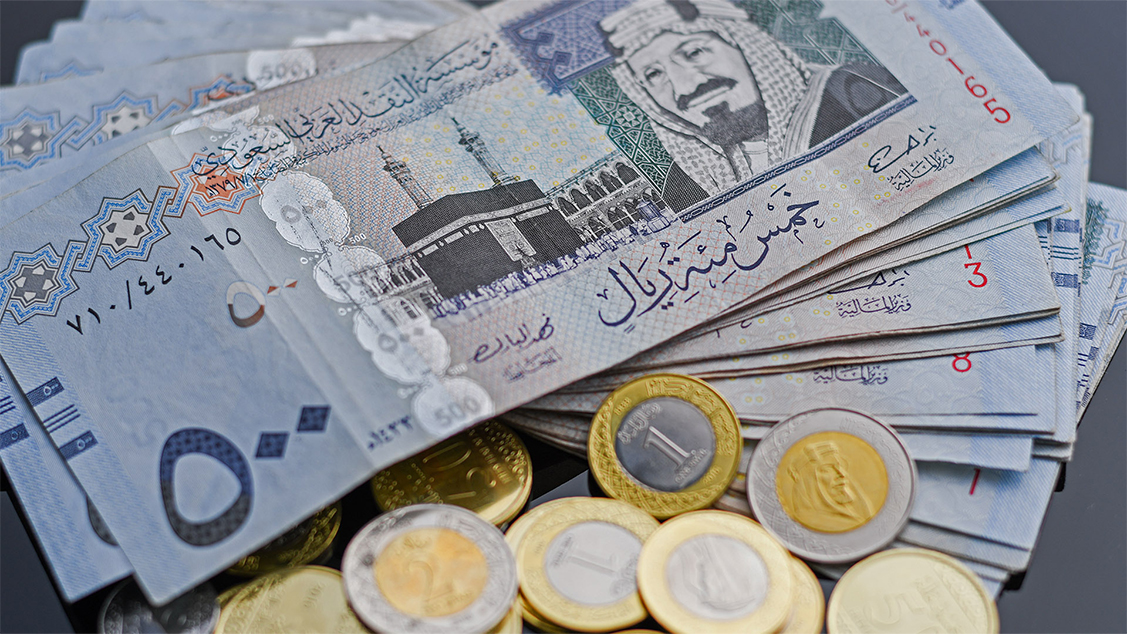
The new currency symbol for Saudi Arabia’s Riyal is expected to benefit the local economy in several ways:
Boosting Digital Transactions
With a defined symbol, financial platforms, banking apps, and global transaction systems can integrate the riyal more seamlessly. This will improve online banking and e-commerce transactions.
Enhancing Investment Confidence
Investors look for clarity and stability. A recognizable symbol makes the riyal appear more established, attracting foreign investment.
Strengthening National Identity
A currency represents a country’s financial strength. This move aligns with Saudi Arabia’s economic reforms and modernization efforts under Vision 2030.
Supporting Financial Inclusion
A clear currency symbol simplifies financial literacy efforts. It makes it easier for people to engage in banking and digital transactions.
What It Means for Businesses
For businesses, the new symbol is more than just a design change. It has practical advantages that will make financial transactions smoother.
International Trade
Saudi businesses dealing with global markets will benefit from a symbol that is easily recognizable. It reduces confusion in pricing and invoicing.
Foreign Exchange Markets
Traders and financial analysts rely on symbols for quick identification. This will make the riyal more prominent in forex markets.
E-commerce and Online Payments
The rise of online shopping and digital payments means a clear currency representation is necessary. The new symbol will integrate into financial platforms, reducing errors in transactions.
Banking and Financial Systems
From ATMs to mobile banking apps, the symbol will standardize how the riyal is displayed. This makes financial interactions more efficient and professional.
Global Trade and Economic Implications
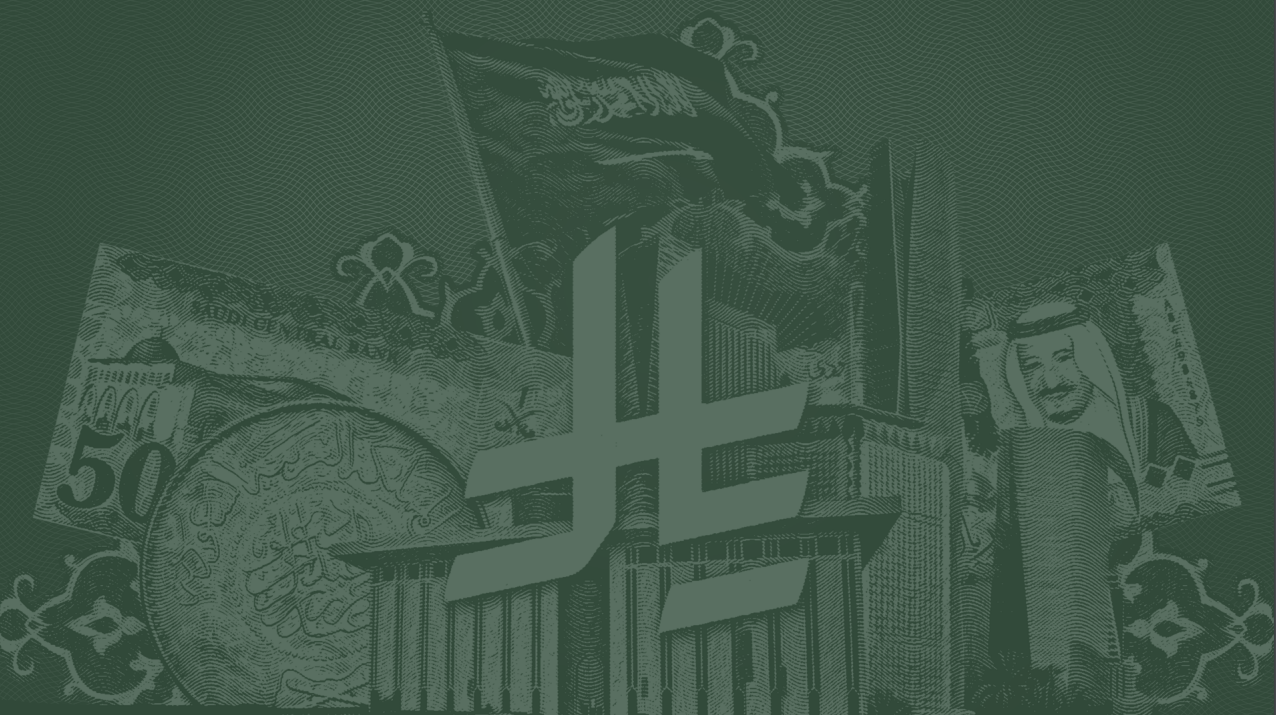
Saudi Arabia is one of the world’s largest oil exporters. Its role in global trade is significant, and its currency plays a key role in that. With an official symbol, the riyal is set to gain more recognition, which could impact international trade agreements and foreign exchange markets.
A stronger currency identity also supports Saudi Arabia’s goal of becoming a global financial hub. The kingdom is already working to attract international companies and investors. A recognizable currency symbol reinforces its credibility in global markets. It also helps the riyal stand out in financial reports, contracts, and investment portfolios.
How The New Symbol for Saudi Riyal Aligns with Vision 2030
Saudi Arabia’s Vision 2030 aims to diversify the economy beyond oil. A stronger currency presence fits within this goal. The country is investing heavily in tourism, technology, and infrastructure. As these industries grow, a globally recognized currency will play a critical role in facilitating transactions and investments.
The new symbol is one of many steps toward making Saudi Arabia a more attractive destination for business and finance. It shows a commitment to modernization and global integration.
The symbol has also garnered admiration on LinkedIn from professionals across industries, who see it as a powerful blend of heritage and progress. Norman Wahab, a leading investment strategist, highlighted its historical significance, stating, “A remarkable move that not only modernizes the Riyal’s global presence but also deepens its historical and cultural significance.”
Others, like Laïla Ben Achouba, praised the way the symbol honors Arabic calligraphy and identity, saying, “Heritage is not just remembered, it evolves, adapts, and remains deeply woven into the fabric of progress.”
These perspectives reflect the widespread belief that the new symbol strengthens Saudi Arabia’s financial identity while paying tribute to its rich cultural legacy.
What Happens Next?
The Saudi Arabian Monetary Authority will begin rolling out the symbol across banking institutions, financial platforms, and global trade networks. Over time, you will see it on:
- Banknotes and coins
- ATMs and online banking platforms
- Financial reports and contracts
- Currency exchange platforms
It may take a while for full adoption, but the impact will be long-term. The symbol is set to become a permanent part of Saudi Arabia’s financial identity.
A Significant Milestone
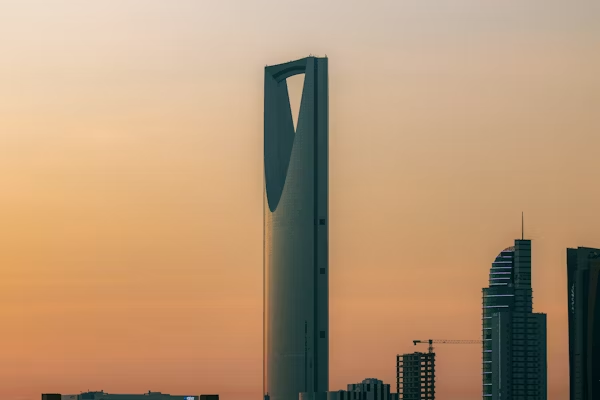
The introduction of an official currency symbol for the Saudi riyal marks a significant milestone. It strengthens the riyal’s global presence, boosts economic confidence, and aligns with the kingdom’s financial ambitions. For businesses, investors, and everyday transactions, this change brings clarity and credibility. As Saudi Arabia continues to modernize and expand its influence, this is another step toward a stronger economic future.
If you do business in Saudi Arabia or engage in international trade, this is an important development to watch. The riyal is stepping into the global spotlight, and its new symbol is a sign of bigger things to come.
FAQs
What is Saudi Arabia’s new currency symbol?
Saudi Arabia has introduced an official symbol for the Saudi riyal to enhance its global recognition and streamline transactions.
Why did Saudi Arabia introduce a currency symbol?
The new symbol strengthens the riyal’s identity, simplifies transactions, and aligns with Saudi Arabia’s Vision 2030 economic goals.
How will the new currency symbol affect businesses?
It will make trade, invoicing, and digital transactions more seamless while boosting confidence in the Saudi economy.
When will the new Saudi riyal symbol be widely used?
The Saudi Arabian Monetary Authority is gradually rolling it out across banking systems, currency exchanges, and digital platforms.
Will the new symbol impact global trade and forex markets?
Yes, a defined symbol increases the riyal’s visibility, making it more accessible in foreign exchange markets and international trade deals.




